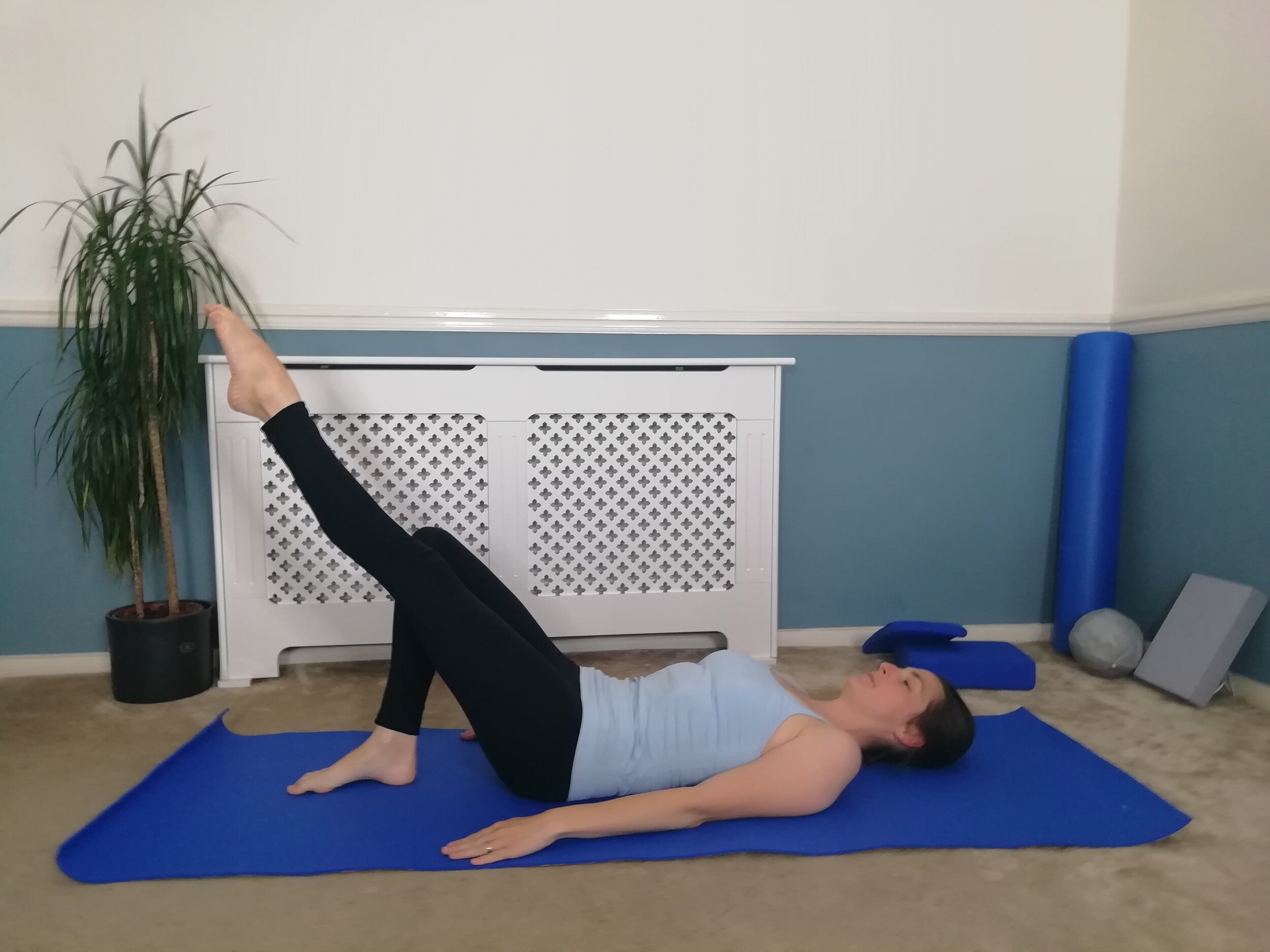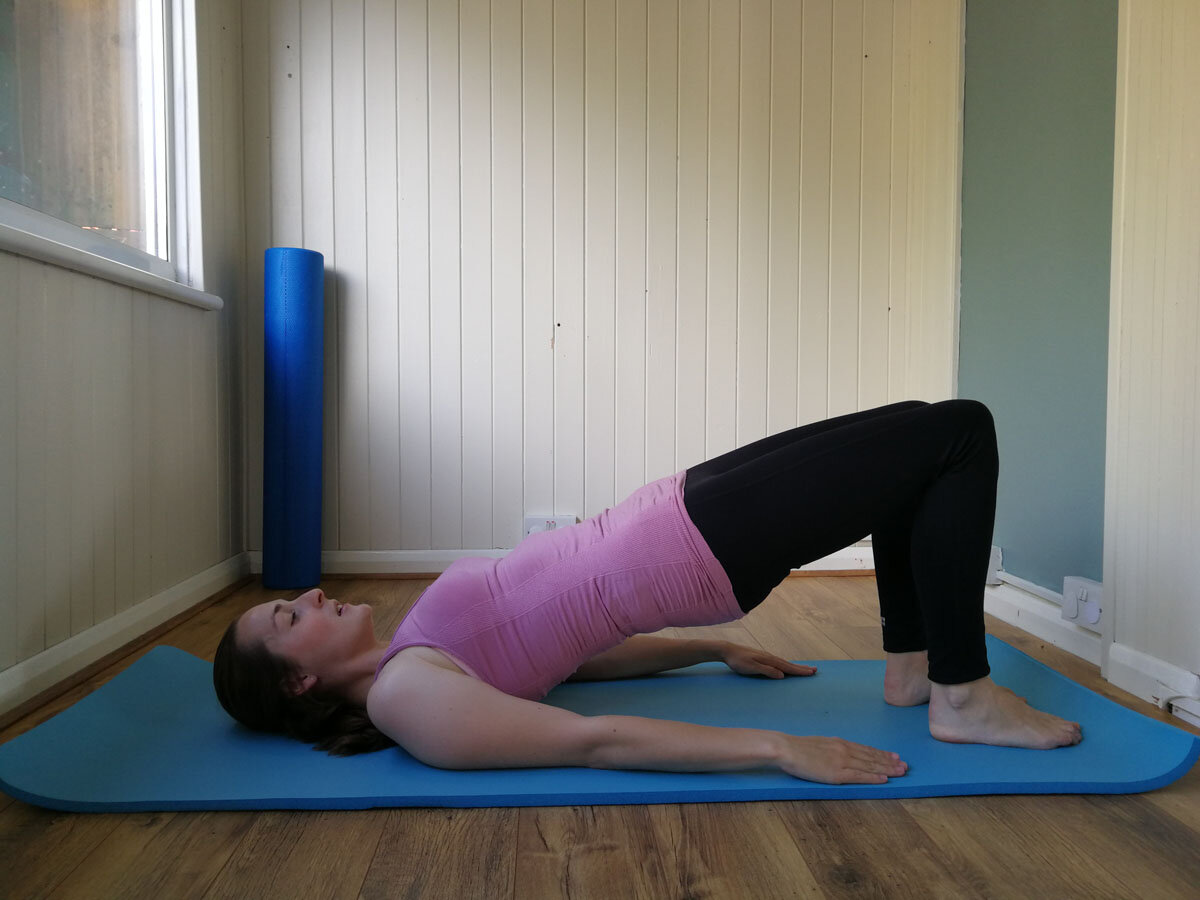A quick guide to building your core muscles...and why it’s important!
It is normal to have weakness in your pelvic floor and core muscles after having a baby. Unfortunately ignoring this can lead to longer term medical issues. However, you can do something about it, quickly and easily (and for free), writes Senior Physiotherapist Vicky.
Most people are aware and given advice by health professionals about strengthening their pelvic floor muscles after having a baby. In my experience of meeting other new mums and as a Physiotherapist, many people are unsure how to do this and struggle to find the time to do it.
Why should we do these exercises?
It is very normal to have weakness in your pelvic floor muscles and core muscles after having a baby.
Weakness in these muscles can lead to problems such as lower back pain and incontinence as these muscles are not working as effectively as they should be.
The extent of this can vary from person to person but for most this can be really helped with some simple exercises. I know how hard it can be to prioritise yourself to do exercise when your baby is little but it’s never too late to get started.
What is your pelvic floor and core stability muscles?
You may have often heard the term ‘core stability’ and ‘pelvic floor’ muscles. Essentially this refers to a collection of muscles that help to support your spine, pelvis and abdominal organs, acting like an internal corset. Pilates exercises focus primarily on strengthening these muscles.
It can sometimes be hard to feel you are working your pelvic floor muscles correctly but we only want to engage these muscles about twenty percent of their maximum contraction, so less is more when it comes to building up these muscles.
Some simple exercises to practice at home
1 Practice engaging your pelvic floor muscles
It is always important to get the basics right first. You can practice engaging your pelvic floor muscles when you’re standing, sitting or lying down, whatever feels most comfortable.
Sometimes it helps to think of some visual imagery when practicing these muscles for example: “imagine you are trying to stop the flow of urine and notice the change in tone of your pelvic floor muscles”
Aim to hold this for up to 10 seconds and repeat 3-5 times
2 Beginners one leg stretch
This is a great exercise to start engaging and challenging your core stability muscles and a good exercise to build on and make harder as you feel stronger.
Lying on your back with your knees bent approximately 90 degrees. Float the left leg into the tabletop position. As you exhale extend the left leg forwards in a diagonal line – fully extending the knee and extend the hip approximately 45 degrees. As you inhale bring the leg back to the tabletop position. Then lower the leg to the mat and repeat on the right side. Repeat 8-10 times on each leg.
3 Bridging
This can be a great exercise to engage your core and gluteal (bottom) muscles. It also encourages lots of movement through the spine.
Starting position – lying on your back with your knees bent, your feet approximately hip-width apart and your arms down by your side. Take a breath in and on your outbreath engage your bottom (glute) muscles.
Tilt your pelvis backwards (posteriorly) and gradually peel your spine off the matt and into a bridge position. Take a breath in again when in the bridge position then on your outbreath slowly lower back down to the start position. Repeat 8-10 times
(video tutorials for all these exercises described above can be found on our website at https://pilateslive.co.uk/pilates-exercises/
Prioritising time for you
I know firsthand how hard it can be to find the time to exercise these important muscles when also looking after a little one. I think as mums we sometimes can feel guilty about making time to do things like exercise. But it is an important part of recovery after having a baby.
Going through this personally led me to start my website (www.pilateslive.co.uk). I wanted to make it as simple and easy for parents to access classes, without having to leave their home (or pay for a class).
Bio
Vicky is Specialist Physiotherapist and an APPI qualified Pilates Instructor. You can see all the online Pilates classes on her website https://pilateslive.co.uk/


